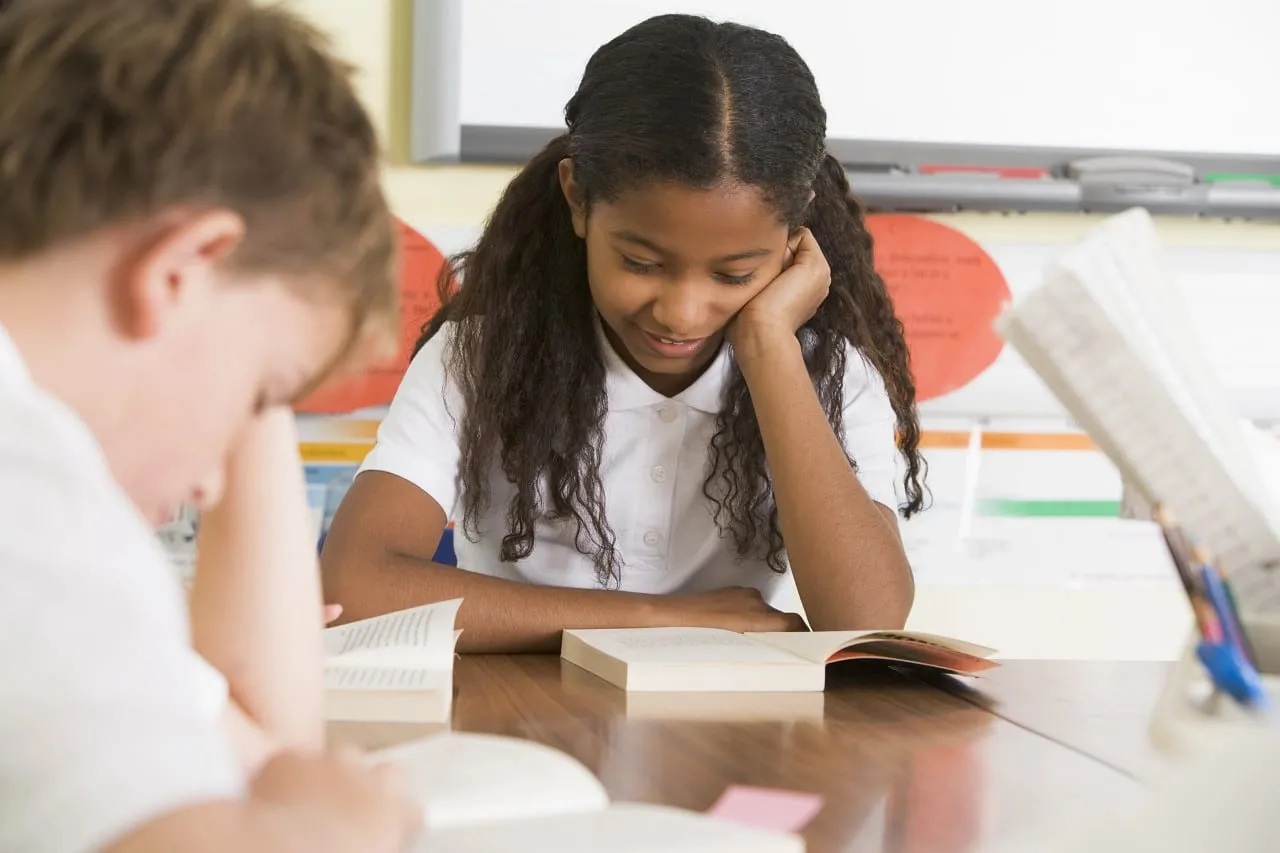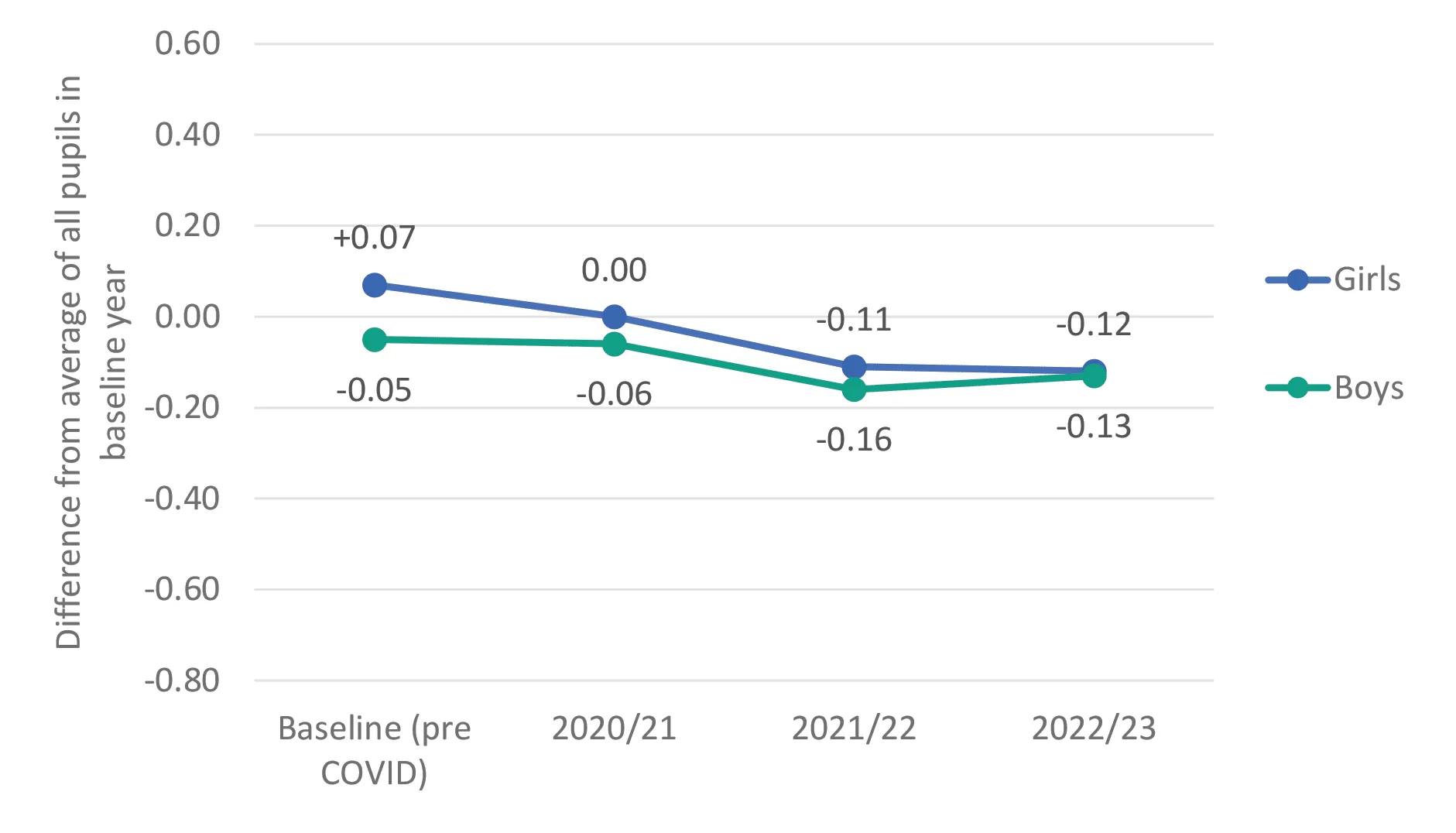Earlier this year, a series of reports from Renaissance and the Education Policy Institute were published that looked at student outcomes in maths and reading using data from Renaissance Star Assessments.
This large-scale analysis, which was based on six million student assessments in Years 3 to 9 from 2017-23 and linked to the National Pupil Database and KS2 and GCSE data, has enabled researchers to gain unprecedented and statistically reliable insights into pupil performance in reading and maths pre and post pandemic. It and the other reports – on the outcomes of disadvantaged students and different student groups – can be found here.
This overview, however, looks at three of the main issues identified in those reports – and what some schools are doing to address them:
- The divergence in primary reading outcomes
- Lagging post-pandemic maths results
- The literacy challenges at transition
It also features the latest research and best practices, which show how students, especially disadvantaged students, who use Accelerated Reader will likely be much better prepared for Key Stage exams than those who do not. But first, a brief recap of the main findings.




